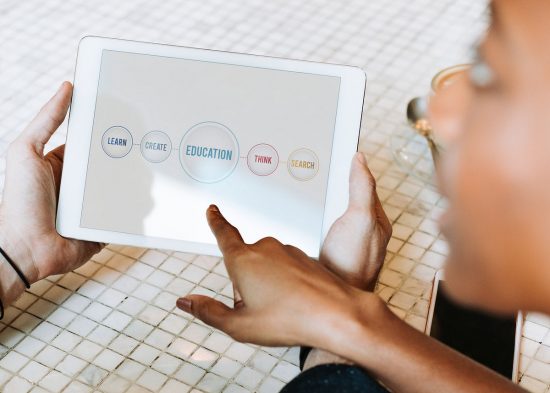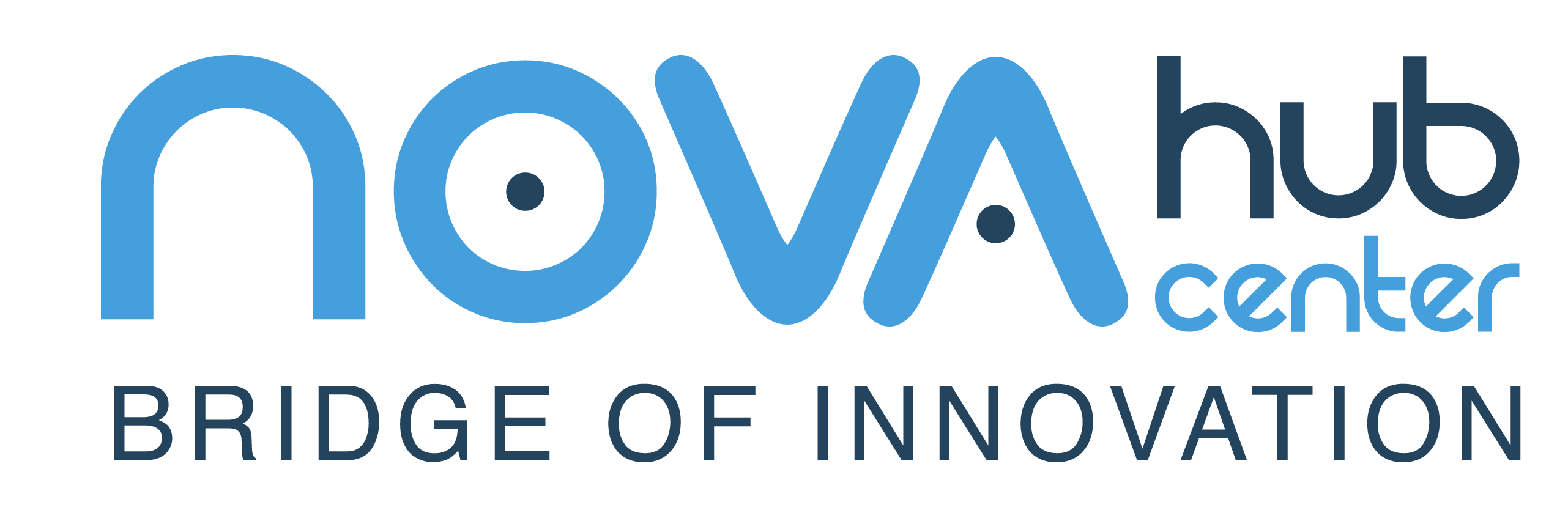
TEACHING, A 180-DEGREE TURN
TEACHING, A 180-DEGREE TURN
EDUCATION, AN AGING SYSTEM
Today, a person spends a good part of her life in education. On average, we spend between 15 and 20 years of our lives studying, that is to say between 19% and 25% of our existence. The school system has not changed much over the last century, while our society transformed, mainly because the advent of digital technology.
Current teaching methods are far from optimal. The only one we know is the mass one. Classes are overcrowded, often with more than 30 students, learning is the same for everyone and does not take into account the way of learning, needs, objectives, or level of mastery of each students. The school system, which has remained unchanged for so long, really needs to be changed and modernized in order to get revitalize. Finally, for many students, schooling is perceived as a chore, and the lack of novelty greatly affects students motivation.

TECHNOLOGY AT THE SERVICE OF EDUCATION
This will get things moving has emerged in many people who are eager to use innovation as a solution. Quite naturally, a new wave of innovation developed in the teaching community, which led to the emergence of a new term, edtech. This term, which appeared almost 10 years ago, is defined as all the new technologies that facilitate teaching and learning.
Several start-ups have seen education as a promising new market and use all kinds of technologies such as machine learning, data, artificial intelligence, augmented reality. Their ambition is to revolutionize the way we learn and teach. This new trend thus appears to be fully in line with the educational uses that have emerged in recent years: the personalization and customization of teaching.
Technology brings real added value as and allows:
To find new teaching methods, via videos for example, so the student can follow his own rhythm and learn more freely.
To provide personalized learning through a customizable ecosystem by integrating edutainment, gaming and outcome-based learning elements.
To help also teachers, by making the teaching process much easier for them, through grading software, virtual Corus planners, course construction tools, etc.
Even though this sector remains in its infancy, it’s drawing more and more interest. In just 5 years, investment in the sector got multiplied by 20, from 10 million in 2014 to 200 million in France in 2019. But the big leaders remain the United States, with no less than 1.3 billion euros invested in 2014. At the European level, the United Kingdom is the most involved in the educational technology sector with more than 1,000 registered start-ups .
However, it is still too early to draw conclusions when we know that only 2% of the sector is digitized against 35% for the most advanced sectors. On the other hand, it is important not to completely dematerialize teaching, because we know that nothing can replace the support of a competent teacher. The challenge will be to combine the technologies as effectively as possible with traditional methods in order to create a homogeneous and optimal pedagogical teaching. To be continued…




 English
English Español
Español